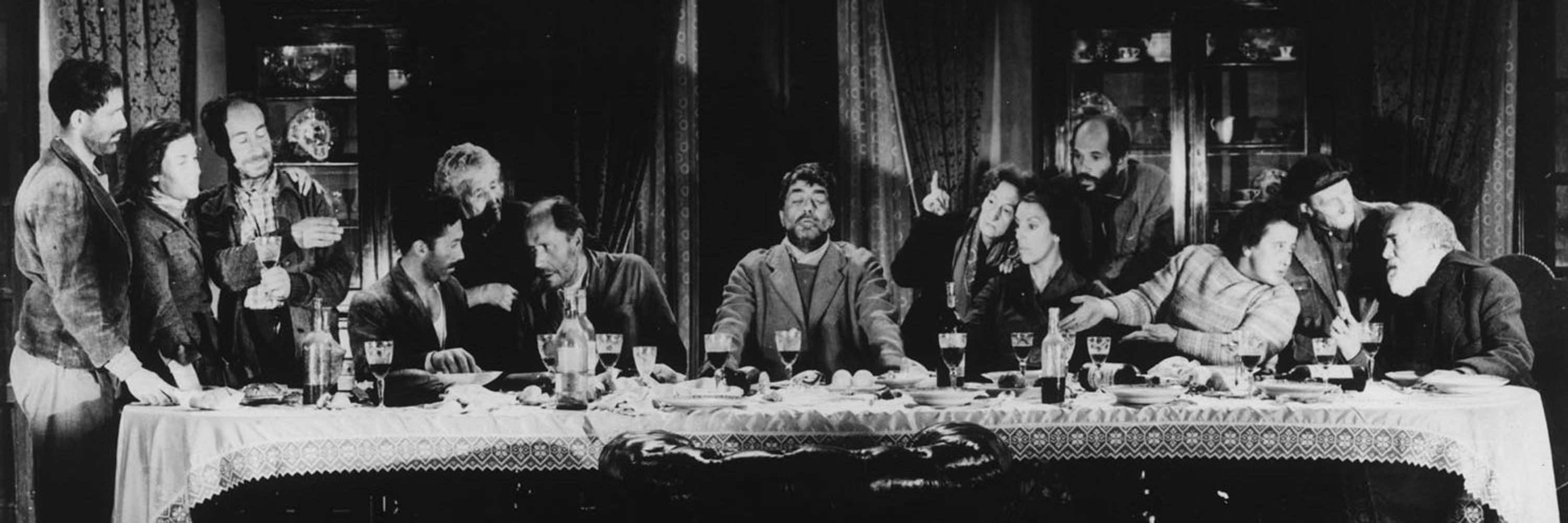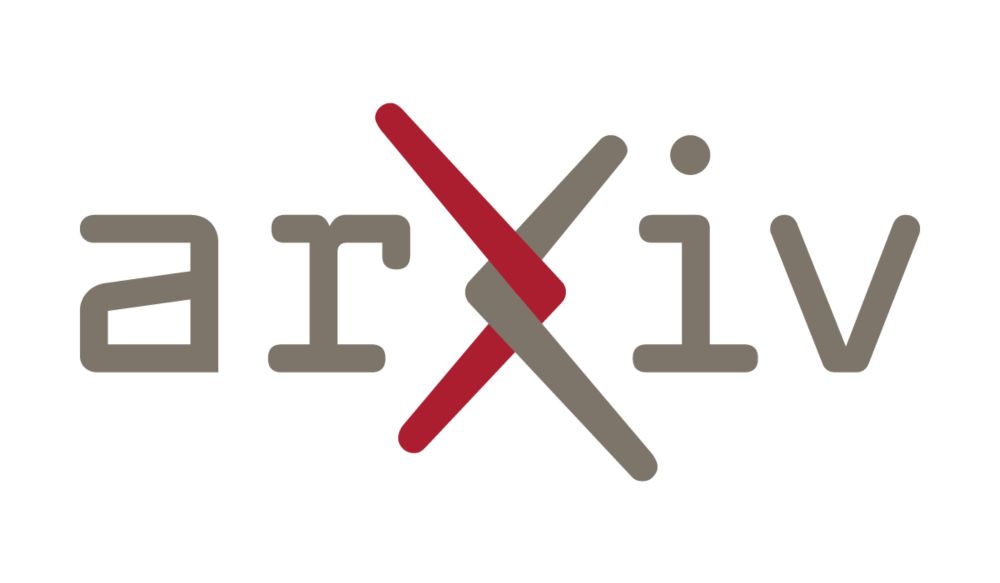
arxiv.org/abs/2412.16081

arxiv.org/abs/2412.16081
During the last decade, Rydberg simulators have developed tremendously, allowing us to bring these theoretical ideas to an experimental reality.

During the last decade, Rydberg simulators have developed tremendously, allowing us to bring these theoretical ideas to an experimental reality.
These results nicely complement the very recent observations of similar phenomena with superconducting qubits and trapped ions:
arxiv.org/abs/2409.17142
arxiv.org/abs/2410.13815
These results nicely complement the very recent observations of similar phenomena with superconducting qubits and trapped ions:
arxiv.org/abs/2409.17142
arxiv.org/abs/2410.13815
We observe a high-order process where the initial string maximally breaks when it has the same energy as the broken string. We characterize this resonance through many-body spectroscopy.

We observe a high-order process where the initial string maximally breaks when it has the same energy as the broken string. We characterize this resonance through many-body spectroscopy.

We observe how, as we increase the Rydberg interactions (and thus the confining potential), the probability of the broken string dominates, signalling string breaking in equilibrium.

We observe how, as we increase the Rydberg interactions (and thus the confining potential), the probability of the broken string dominates, signalling string breaking in equilibrium.


